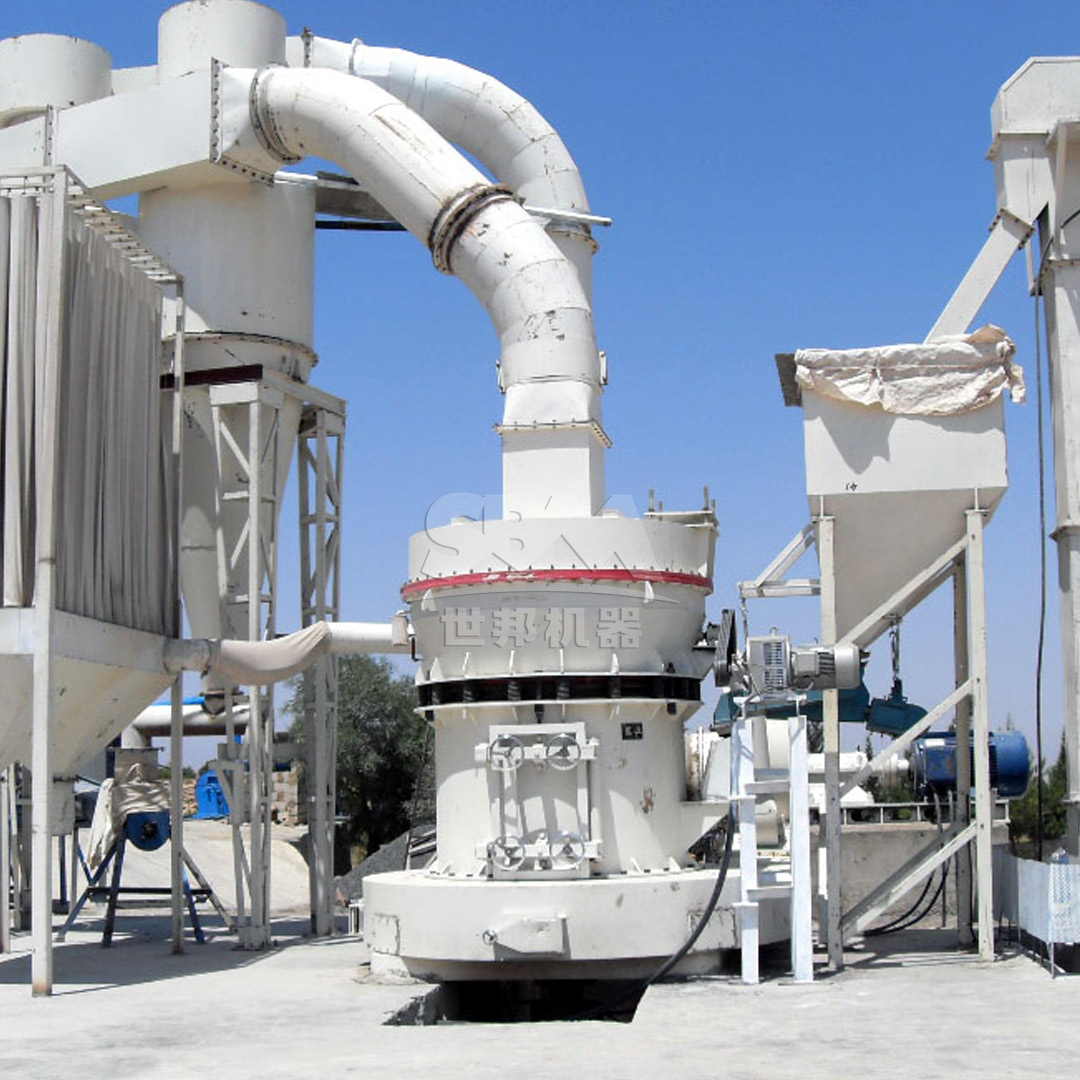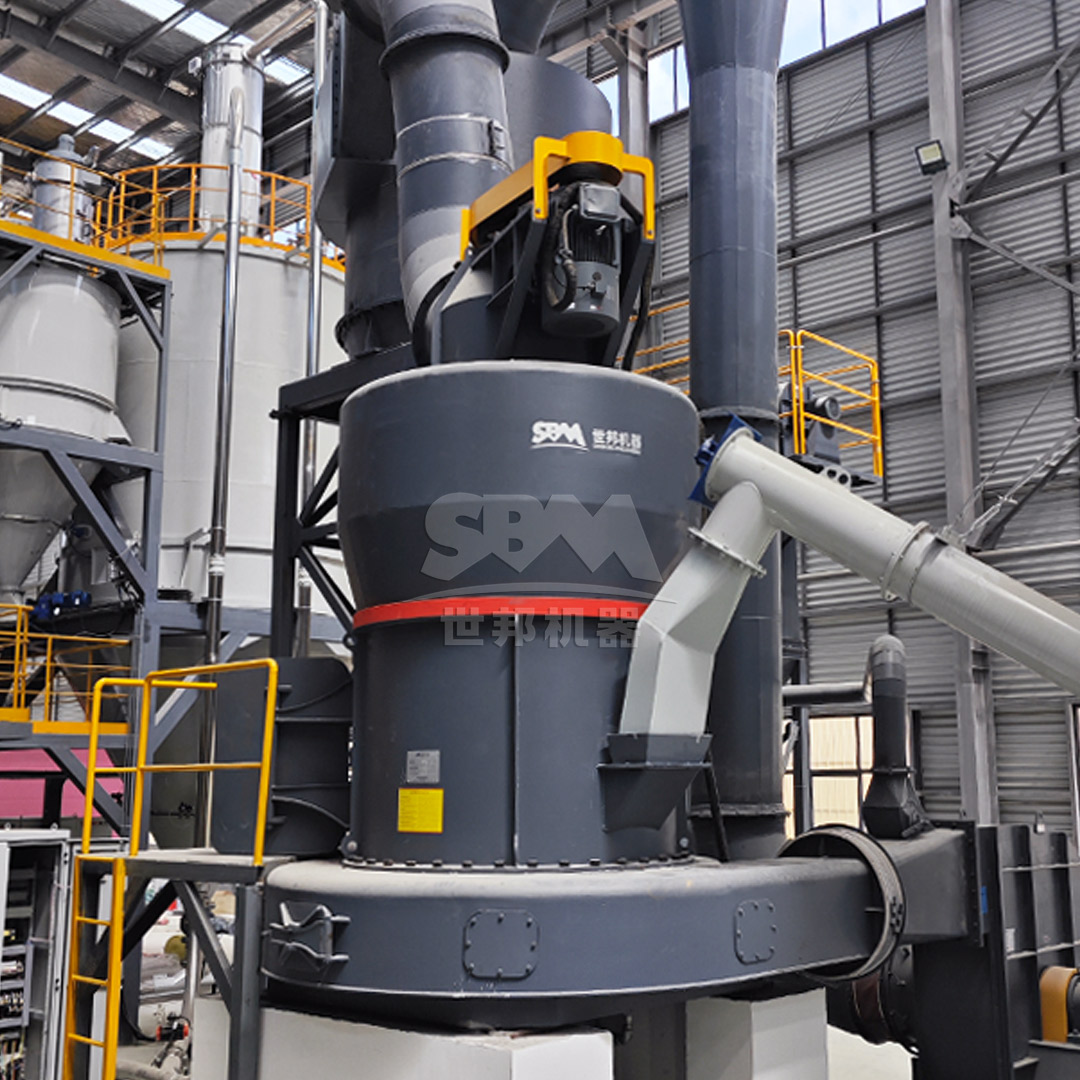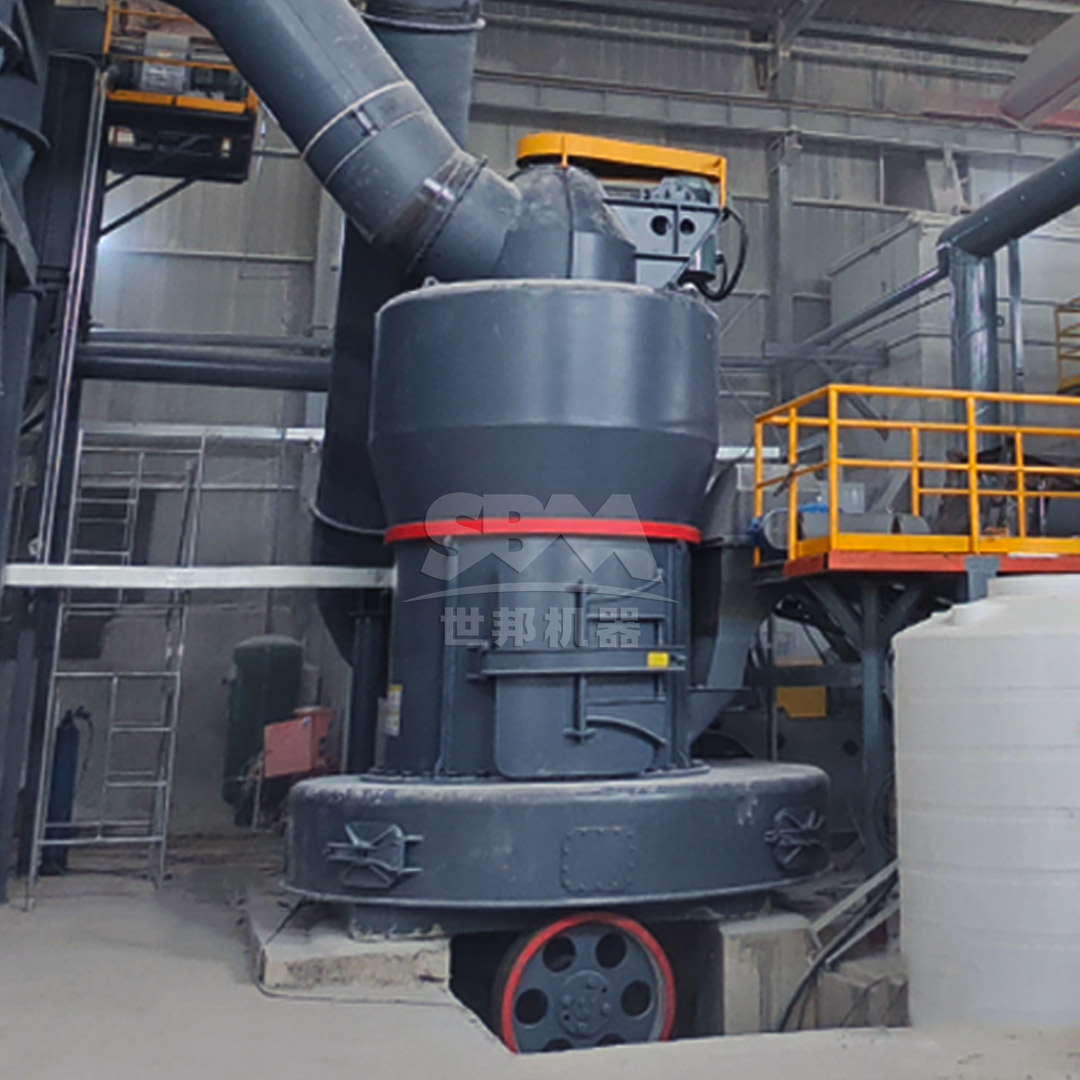Gypsum, a soft sulfate mineral composed of calcium sulfate dihydrate, presents unique challenges in industrial grinding operations. Its relatively low hardness (2 on the Mohs scale) and thermal sensitivity require specialized milling equipment that can achieve precise particle size distribution without compromising product quality or operational efficiency. The question of whether vertical roller mills (VRMs) can efficiently handle gypsum grinding has become increasingly relevant as industries seek more energy-efficient and environmentally friendly processing solutions.
Traditional grinding systems for gypsum have included ball mills, hammer mills, and Raymond mills, each with their own limitations in terms of energy consumption, particle size control, and operational costs. The emergence of advanced vertical roller mill technology has revolutionized mineral processing, offering significant advantages for materials like gypsum that require careful handling and precise fineness control.

Vertical roller mills demonstrate remarkable energy efficiency when processing gypsum. Unlike traditional ball mills that rely on impact and attrition between grinding media, VRMs utilize a bed compression principle where material is ground between a rotating table and rollers. This method significantly reduces specific energy consumption, with modern VRMs consuming 30-50% less energy compared to conventional ball mill systems for the same output.
The energy savings are particularly pronounced in gypsum processing due to the material’s grindability characteristics. Gypsum’s relatively soft nature allows VRMs to operate with lower grinding pressure and reduced fan power requirements. Additionally, the integrated drying capability of VRMs enables simultaneous grinding and drying of gypsum, eliminating the need for separate drying equipment and further reducing overall energy consumption.
Gypsum products for different applications require specific particle size distributions. Construction-grade gypsum typically needs coarser particles, while industrial and specialty applications demand finer powders. Vertical roller mills excel in this area through their integrated dynamic classifiers that allow real-time adjustment of product fineness without stopping the mill.
The grinding and classification process in VRMs occurs in a single unit, with the internal air separator ensuring that only properly sized particles exit the system. This integrated approach prevents overgrinding of fine particles and ensures a narrow particle size distribution, which is crucial for gypsum products where consistent performance depends on controlled particle morphology.
The gentle grinding action of VRMs preserves the crystalline structure of gypsum, maintaining its essential properties. Unlike impact mills that can generate excessive heat and partially dehydrate gypsum, VRMs operate with controlled temperatures that protect the dihydrate structure. The result is a superior quality product with consistent setting times and strength development characteristics.
Furthermore, the ability to control grinding parameters such as roller pressure, table speed, and classifier rotation enables operators to optimize the process for specific gypsum varieties, whether natural gypsum, flue gas desulfurization (FGD) gypsum, or phosphogypsum.

For applications requiring exceptionally fine gypsum powders, the SCM Ultrafine Mill represents an optimal solution. This advanced vertical mill specializes in producing gypsum powders in the range of 325-2500 mesh (D97≤5μm), making it ideal for specialty gypsum products, fillers, and advanced building materials.
The SCM series incorporates several technological innovations specifically beneficial for gypsum processing:
| Model | Processing Capacity (ton/h) | Main Motor Power (kW) | Feed Size (mm) | Product Fineness (mesh) |
|---|---|---|---|---|
| SCM800 | 0.5-4.5 | 75 | 0-20 | 325-2500 |
| SCM900 | 0.8-6.5 | 90 | 0-20 | 325-2500 |
| SCM1000 | 1.0-8.5 | 132 | 0-20 | 325-2500 |
| SCM1250 | 2.5-14 | 185 | 0-20 | 325-2500 |
| SCM1680 | 5.0-25 | 315 | 0-20 | 325-2500 |
For large-scale gypsum processing operations, the LM Series Vertical Roller Mill offers unmatched efficiency and reliability. With capacities ranging from 3-250 tons per hour and the ability to handle feed sizes up to 50mm, this mill series is perfectly suited for major gypsum board manufacturing plants and bulk powder production facilities.
Key advantages of the LM series for gypsum processing include:
The working principle involves the main motor driving the grinding table through a reducer, with material fed through the central feed pipe. Centrifugal force distributes the material evenly across the grinding track, where rollers apply compression force for bed comminution. Qualified fine powder is carried by the hot air stream to the classifier, while coarse material returns to the grinding table for further processing.
Gypsum often contains significant moisture, whether as natural gypsum with inherent water content or FGD gypsum with higher surface moisture. VRMs efficiently address this challenge through integrated drying capabilities. The hot gas stream introduced into the mill simultaneously dries and transports the material, eliminating the need for separate drying equipment.
Optimal moisture content for gypsum grinding typically ranges between 0.5-1.5%. VRMs can handle feed moisture up to 15-20% depending on the thermal capacity of the system. The counter-current flow of material and hot gases in the mill ensures efficient heat transfer and uniform drying throughout the grinding chamber.
Although gypsum is relatively non-abrasive, certain impurities can accelerate wear in grinding components. Modern VRMs address this through specialized wear protection solutions:
Regular maintenance schedules for gypsum VRMs typically include roller and table segment inspection every 4,000-6,000 operating hours, with major overhauls scheduled at 20,000-30,000 hour intervals depending on material characteristics and operating conditions.
Maximizing efficiency in gypsum VRM operations involves several key parameters:
Advanced control systems continuously monitor these parameters and automatically adjust setpoints to maintain optimal operation despite variations in feed material characteristics.

| Parameter | Vertical Roller Mill | Ball Mill | Raymond Mill | Hammer Mill |
|---|---|---|---|---|
| Energy Consumption (kWh/t) | 18-25 | 30-40 | 25-35 | 15-22 |
| Particle Size Range (mesh) | 30-2500 | 100-400 | 80-325 | 20-100 |
| Drying Capability | Integrated | Separate Required | Limited | None |
| Footprint Requirement | Compact | Large | Moderate | Compact |
| Noise Level (dB) | 75-85 | 95-105 | 85-95 | 90-100 |
| Maintenance Frequency | Low | Moderate | High | High |
The comparative analysis clearly demonstrates the advantages of VRMs for gypsum grinding applications. While hammer mills offer lower energy consumption for coarse grinding, they lack the fineness control necessary for most industrial gypsum applications. Ball mills, though capable of producing fine gypsum powders, suffer from high energy consumption and large footprint requirements.
The significant energy savings achieved by VRMs directly translate to reduced carbon emissions. For a typical gypsum processing plant producing 100,000 tons annually, switching from ball mills to VRMs can reduce CO2 emissions by approximately 1,500-2,000 tons per year, based on average grid electricity carbon intensity.
Additionally, the integrated drying capability eliminates the need for separate fossil-fuel-fired dryers, further reducing the carbon footprint of the grinding operation. Modern VRMs also feature advanced dust collection systems that typically achieve collection efficiencies exceeding 99.9%, ensuring minimal particulate emissions to the atmosphere.
While the initial investment for VRMs may be higher than traditional grinding systems, the lifecycle cost analysis strongly favors VRM technology. Key economic benefits include:
The payback period for VRM installations in gypsum applications typically ranges from 1.5 to 3 years, depending on local energy costs, production volume, and the specific technology being replaced.
Vertical roller mills have unequivocally demonstrated their capability to efficiently grind gypsum across a wide range of applications and product specifications. The technological advancements embodied in mills like the SCM Ultrafine Mill and LM Series Vertical Roller Mill provide gypsum processors with solutions that combine operational efficiency, product quality, and environmental responsibility.
The future of gypsum grinding will likely see further refinement of VRM technology, with increased digitalization, predictive maintenance capabilities, and even greater energy efficiency. As sustainability concerns continue to drive industrial decision-making, the inherent advantages of VRMs position this technology as the preferred solution for new gypsum processing installations and modernization projects worldwide.
For operations requiring both standard and ultra-fine gypsum products, a combination of LM series mills for base production and SCM series mills for specialty products represents an optimal technical and economic solution. This approach allows processors to maximize efficiency across their product portfolio while maintaining the flexibility to respond to evolving market demands.